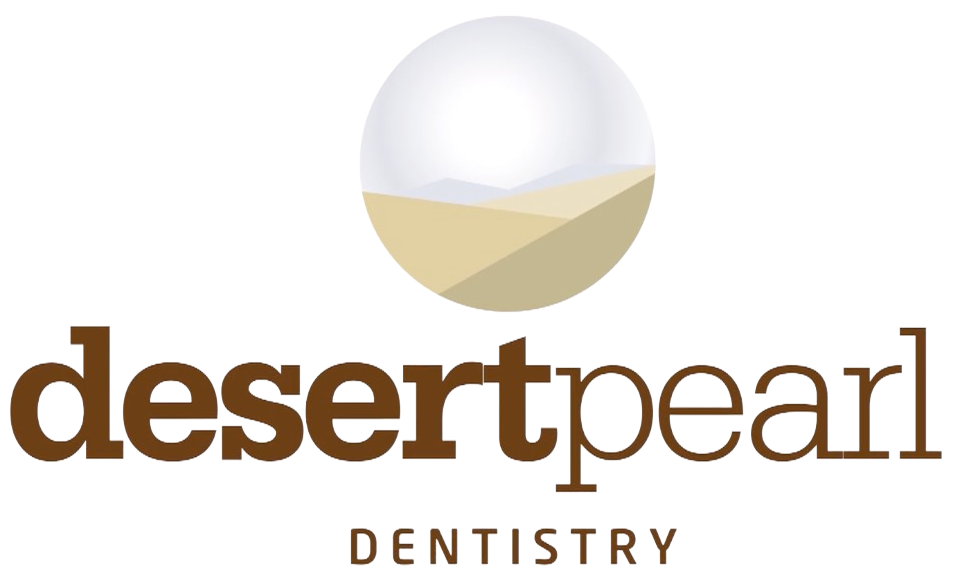We may not often think about them, but our gums have a notable impact on the appearance of our smiles. When our gums aren’t quite standard, it can lead to our smile taking on an odd look. There are several ways our gums can be outside standard norms. They may be more abundant than usual or perhaps be so small they make our teeth appear strangely large. Thankfully, there are aesthetic treatment options available that can improve the appearance of our smile.
Common Aesthetic Gum Issues Your Dentist Can Help
There are two reasons that our gums may appear smaller than normal. We may have started with normal healthy teeth, and poor oral hygiene has caused them to recede. It’s also possible that we were merely born with receding gums. When oral hygiene is involved, our gums recede due to the presence of plaque and the advance of gum disease. While your dentist can slow the advance of gum recession by addressing the underlying gum disease, it won’t restore your gums completely. However, it can help stimulate the gums to regrow and heal, which can help in minor cases. In cases of severe gum disease and recession, it may be necessary for your dentist to do one or both of the following:
- Scaling and Planing – This process involves eliminating plaque and tartar beneath the gum line and smoothing the dental roots. This is accomplished using a special pair of tools that help ensure bacteria and biofilms have a harder time forming on the dental surface.
- Gum Graft – The above process helps the body heal and regenerate tissue naturally. Gum grafting may be called for when the tissue wasn’t there or when gum recession is particularly severe. Gum grafting removes tissue from one area and grafts it onto another where the tissue is light.
Sometimes the issue isn’t a lack of gum; it’s significantly too much gingival tissue that is the heart of the problem. Gummy smiles are generally treated by using a process called gingival sculpting. This process removes excess gum tissue and reveals more of the tooth hidden beneath. Gingival sculpting is generally done using one of two approaches. The first uses traditional surgical techniques involving a scalpel to remove this tissue. This creates an open wound that needs to be stitched up and will take time to heal.
A more recent approach involves the use of a laser dental drill. In this case, ‘drill’ is a bit of a misnomer. This tool uses laser light to eliminate decay and vaporize excess tissue. As the tissue is removed, the resulting wound is automatically cauterized. This results in less discomfort and reduces recovery time after the procedure. Even better, it also limits the potential for complications after the procedure.
Speak To Your Dentist About Gingival Sculpting
Do you feel that your gums detract from your smile? Reach out to your dentist for a cosmetic dentistry consultation. They’ll perform a full assessment and work with you to develop a treatment plan to reach your aesthetic goals.



